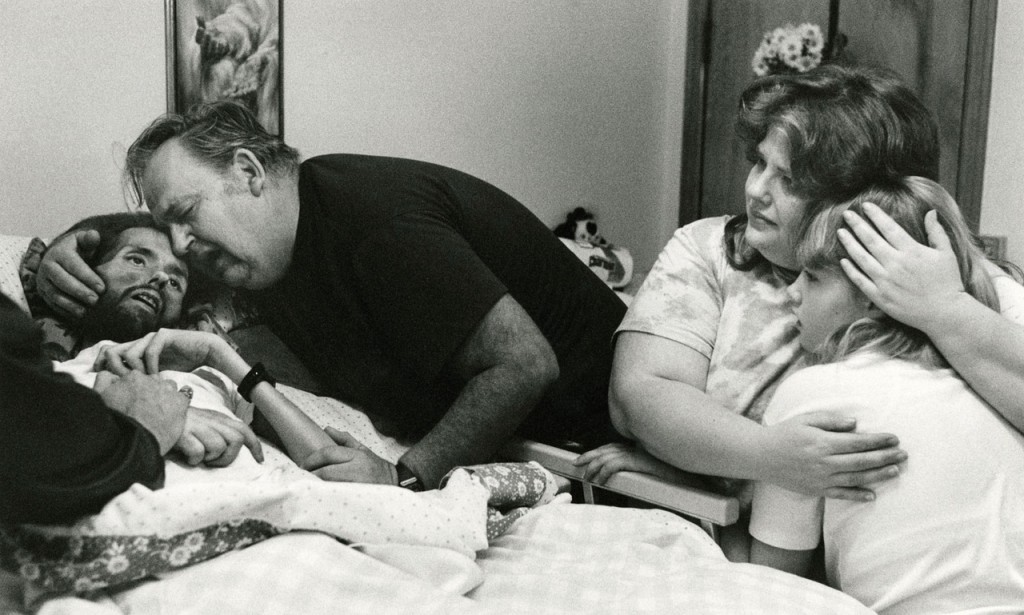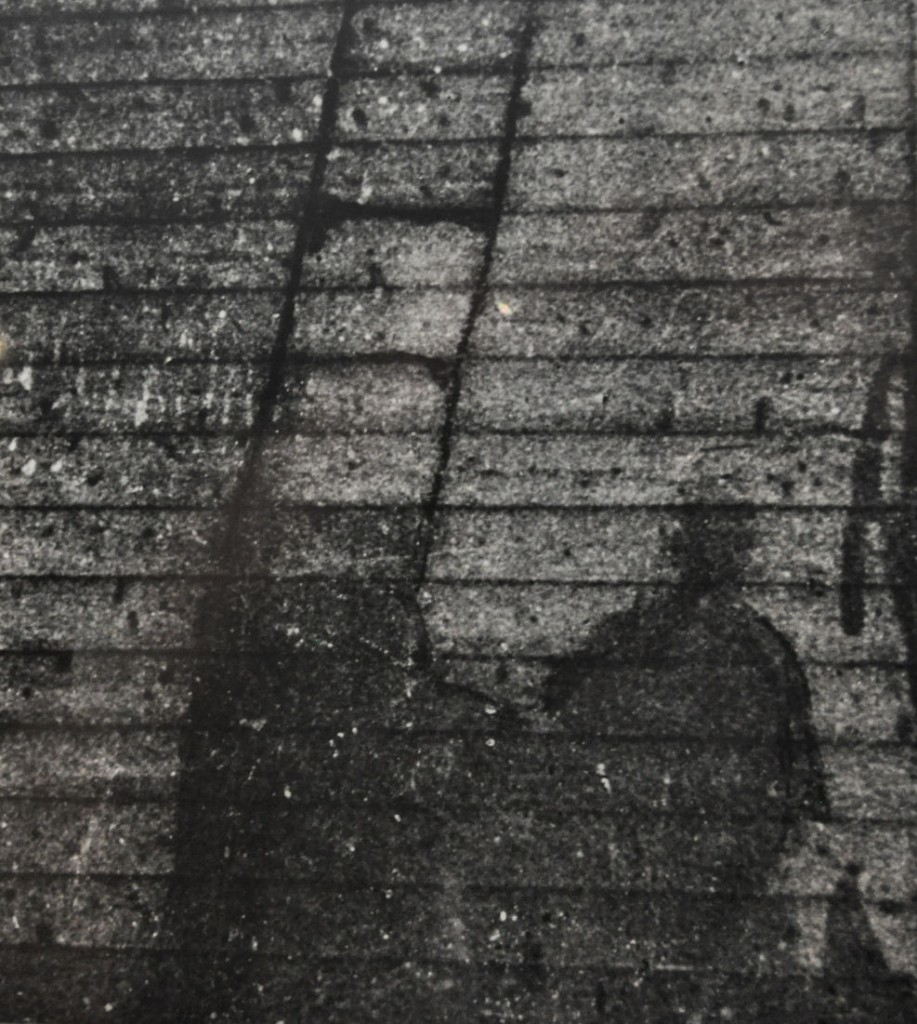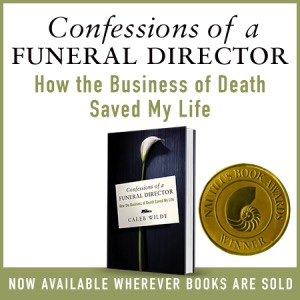Nine Photos of Extraordinary Deaths
One of the most iconic images of suicide, sometimes called “The most beautiful suicide” is that of Evelyn McHale who jumped from the Empire State Building to her death on a United Nations limousine parked on the kerb. Rober C. Wiles, a student photographer, heard the crash and immediately rushed to the scene taking this photograph within minutes of her fall. — Quora user Sreeram N Ramasubramanian
Many powerful photographs have been made in the aftermath of the devastating collapse of a garment factory on the outskirts of Dhaka, Bangladesh. But one photo, by Bangladeshi photographer Taslima Akhter, has emerged as the most heart wrenching, capturing an entire country’s grief in a single image.
“This image, while deeply disturbing, is also hauntingly beautiful. An embrace in death, its tenderness rises above the rubble to touch us where we are most vulnerable. By making it personal, it refuses to let go. This is a photograph that will torment us in our dreams. Quietly it tells us. Never again.” — from Quora user Kuber Kaul
The photo that changed the face of AIDS. “In November 1990 LIFE magazine published a photograph of a young man named David Kirby — his body wasted by AIDS, his gaze locked on something beyond this world — surrounded by anguished family members as he took his last breaths. The haunting image of Kirby on his death bed, taken by a journalism student named Therese Frare, quickly became the one photograph most powerfully identified with the HIV/AIDS epidemic that, by then, had seen millions of people infected (many of them unknowingly) around the globe. — TIME

![]() Pulitzer Prize winner for 1963 of Navy chaplain Luis Padillo holding a dying soldier in the 1962 El Porteñazo uprising. Titled: Aid From The Padre
Pulitzer Prize winner for 1963 of Navy chaplain Luis Padillo holding a dying soldier in the 1962 El Porteñazo uprising. Titled: Aid From The Padre
Doctors and nurses bowing to body of Xiwang to pay their last respects. Nicknamed Xiwang, meaning “hope”, the 2-year-old girl from Inner Mongolia was born with a terminal form of cerebral palsy.
“Instead of burning our dead daughter to ashes, we decided to donate her organs to save other kids. We called her Xiwang because we wanted to give the hope of life to other children who need our help,” said Wang Xiaofei, the girl’s mother
- The girl became the first female human organ donor in Chifeng, and the youngest donor in Inner Mongolia
- The two children who received Xiwang’s organs were in good condition

![]() On June 11, 1963, Thich Quang Duc, a Buddhist monk from Vietnam, burned himself to death at a busy intersection in downtown Saigon to bring attention to the repressive policies of the Catholic Diem regime that controlled the South Vietnamese government at the time. Buddhist monks asked the regime to lift its ban on flying the traditional Buddhist flag, to grant Buddhism the same rights as Catholicism, to stop detaining Buddhists and to give Buddhist monks and nuns the right to practice and spread their religion.
On June 11, 1963, Thich Quang Duc, a Buddhist monk from Vietnam, burned himself to death at a busy intersection in downtown Saigon to bring attention to the repressive policies of the Catholic Diem regime that controlled the South Vietnamese government at the time. Buddhist monks asked the regime to lift its ban on flying the traditional Buddhist flag, to grant Buddhism the same rights as Catholicism, to stop detaining Buddhists and to give Buddhist monks and nuns the right to practice and spread their religion.
While burning Thich Quang Duc never moved a muscle. — Pawan Burnwal
Man Falling from the World Trade Center on 9/11. “The Falling Man.”
In the case of Hiroshima and Nagasaki some of the (atomic) shadows are left from people. The picture shown is a man’s shadow which has been burned into the surface of a concrete footbridge. 
The photo taken on Aug. 31, 2008 shows firemen trying to get out two bodies after an earthquake hit the boundary of Panzhihua city and Huili county in Sichuan, China, on Aug. 30.
The mother was protecting her child to the very last moment of her life, but still all is in vain. Every one was hoping that the child could be alive, but (it was not to be). — Yash Ostwal,
![]()
![]()
![]()
![]()
![]()



